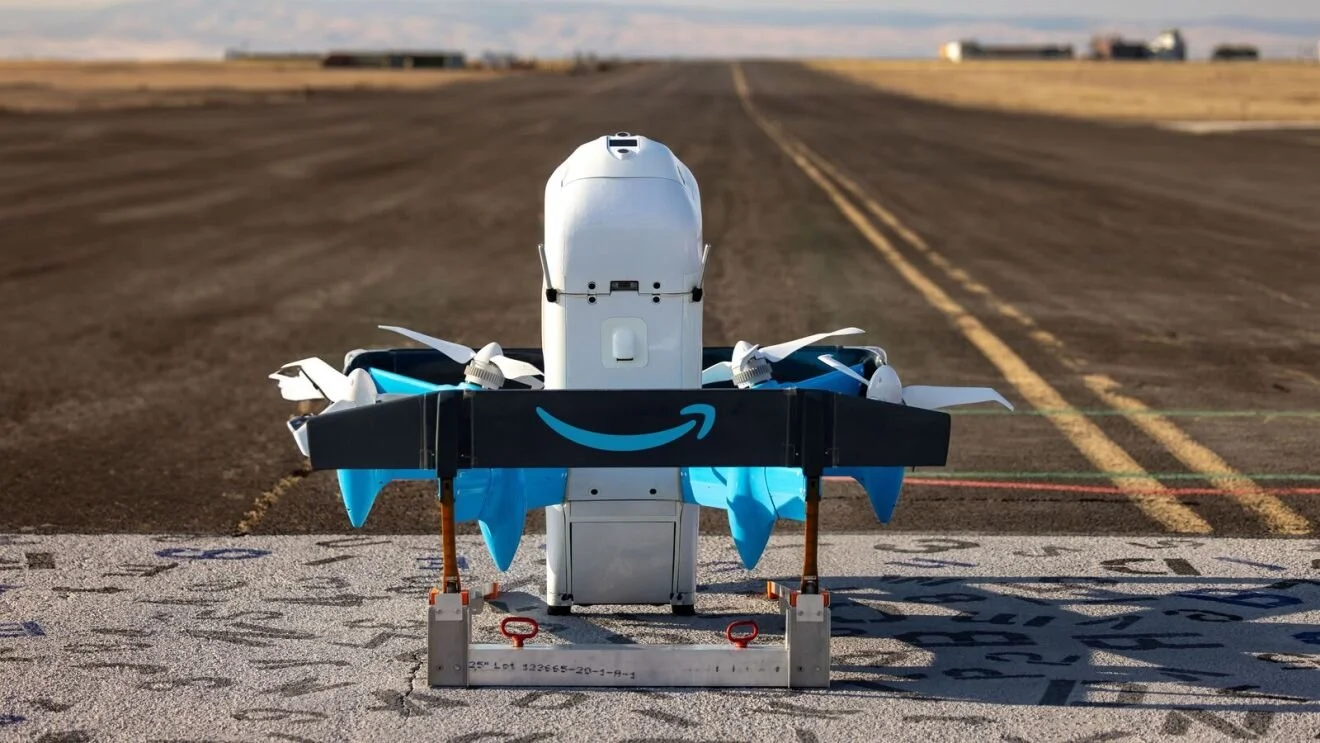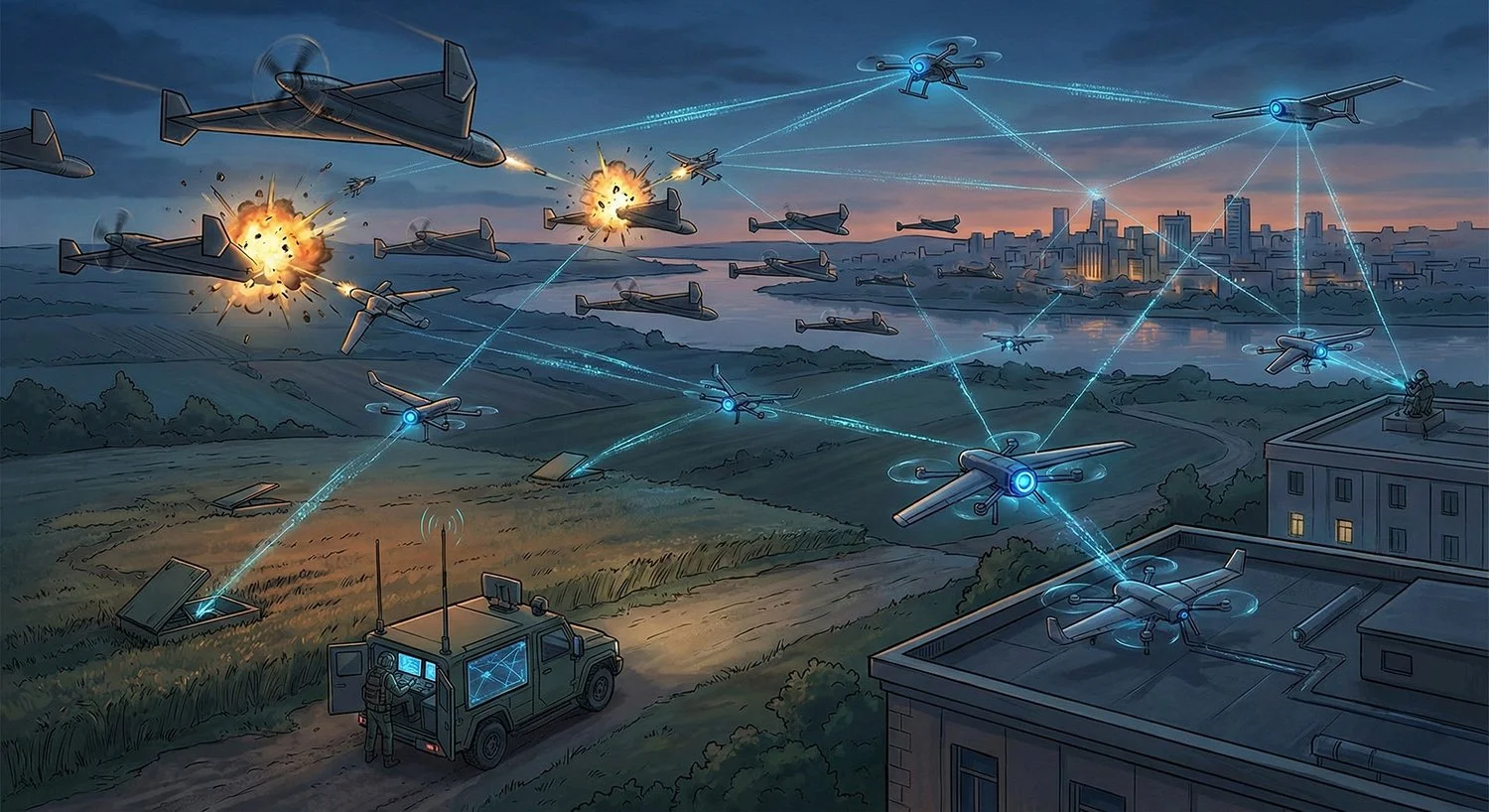Amazon MK30 Drone Crashes Expose AI Navigation Risks, Prompt FAA-Approved Safety Overhaul

Image Source: About Amazon
On December 16, 2024, two Amazon MK30 delivery drones crashed during test flights in Pendleton, Oregon, revealing key vulnerabilities in AI-driven navigation and safety system design. These incidents, caused by lidar sensor misreadings during rainy conditions, led Amazon to temporarily pause its drone delivery operations for a safety review and software overhaul. The Federal Aviation Administration (FAA) approved Amazon’s updated software in March 2025, allowing limited drone deliveries to resume in select markets.
[Read More: Amazon’s Alexa-Suno Integration Sparks AI Music Copyright Battle]
Incident Overview: Twin Crashes in Oregon
On December 16, 2024, two Amazon MK30 drones crashed within minutes at the company’s Pendleton, Oregon, test facility. While flying above 200 feet, the drones shut off their propellers midair after lidar sensors mistakenly indicated they had landed. The National Transportation Safety Board (NTSB) investigation traced the problem to a December 2024 software update that increased the lidar’s sensitivity. In rainy conditions, this resulted in inaccurate altitude readings and triggered premature shutdowns.
Unlike the previous MK27 model, the MK30 drones do not use mechanical “squat switches” (physical landing sensors). Instead, they rely entirely on AI-powered lidar and camera-based vision systems for landing detection. The absence of a mechanical backup contributed to the crashes, as there was no redundancy to validate the sensor readings.
[Read More: How AI is Revolutionizing Sub-100-Gram Drones Under Japan's Strict Drone Laws]
Technical and Operational Response
In response to the crashes, Amazon voluntarily paused its MK30 drone deliveries in College Station, Texas, and the greater Phoenix, Arizona area—its two active markets at the time—while investigating and addressing the software fault. The company developed an updated system that integrates multiple sensor inputs, enhancing landing reliability even in challenging weather. The FAA reviewed and approved the improved system on March 12, 2025, permitting Amazon to gradually resume drone deliveries in the previously paused markets.
Amazon disputed claims that the removal of mechanical switches was a safety compromise, stating that the new design is both compliant with FAA standards and safer overall. The company emphasized its commitment to operational safety and transparency.
Broader Industry Implications
The MK30 crashes highlight the risks of depending solely on single-mode AI sensor inputs for critical safety decisions. While AI-driven navigation advances the field, the events in Oregon underscore the importance of robust, redundant safeguards—particularly for operations in unpredictable environments. Amazon’s move to integrate multiple sensor inputs may set a new standard for the industry, reinforcing the need for transparent safety protocols and ongoing regulatory oversight.
[Read More: California Drone Regulations in 2025: AI Technology Drives Compliance and Safety]
Program Status and Next Steps
Amazon restarted MK30 deliveries in April 2025, limited to College Station and the greater Phoenix area. Expansion into new markets remains on hold pending further testing and regulatory review. The NTSB continues its investigation, with a final report expected later in 2025 to provide additional insight into both the technical failures and recommended best practices.
[Read More: 6 Israeli Drone Companies Revolutionizing Civilian Life with Cutting-Edge Innovations]
Source: New York Post, Drone DJ, Circuit Press
We are a leading AI-focused digital news platform, combining AI-generated reporting with human editorial oversight. By aggregating and synthesizing the latest developments in AI — spanning innovation, technology, ethics, policy and business — we deliver timely, accurate and thought-provoking content.








